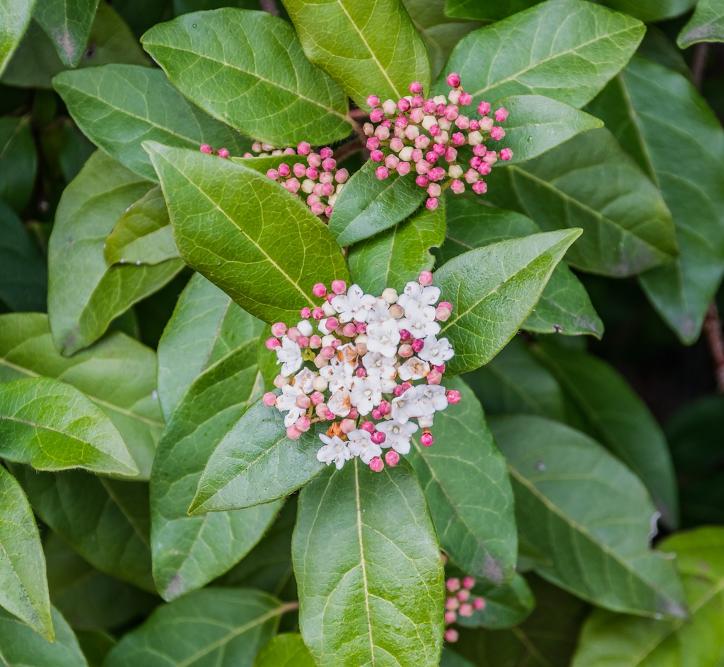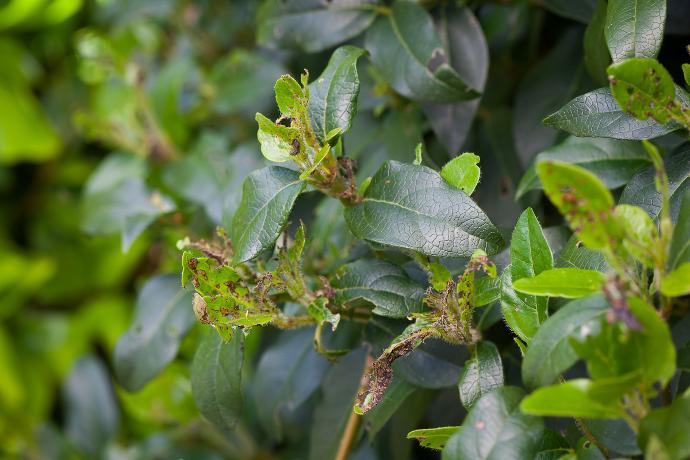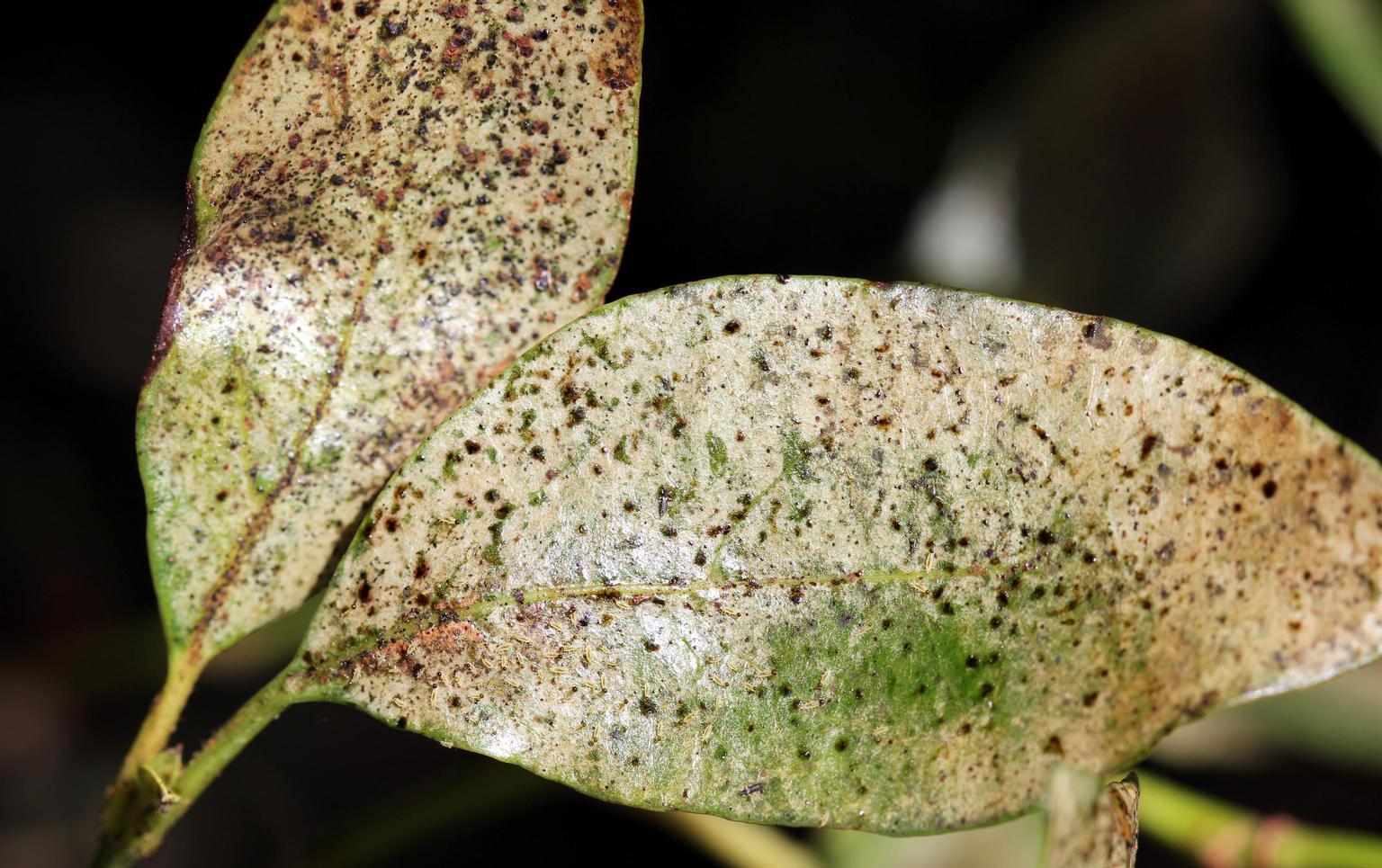Laurustinus Plant
Laurustinus (Viburnum tinus) is a shrub that grows 6-12 ft tall, hardy in USDA Zones 7-10, prefers well-drained, loamy soil, full sun to part shade, medium moisture, not edible, and not medicinal.

Habit
Shrub
Height
1.5 to 2.5 m
Growth
Moderate
Soil
Well-drained, Loamy
Shade
Full sun to part shade
Moisture
Medium
Edible
No
Medicinal
No
Origin
Mediterranean
Climatic Condition
Subtropical, Temperate
Temperature (°)
10°C to 20°C
Humidity (%)
60% to 80%
Potting media
50% Loam, 40% Sand, 10% Compost
Fertilizers
Organic Fertilizer
Watering
Regular watering
Plant Weight
1 to 2 kg
Flowering Time
Winter to Spring
Soil Ph level
6.0 to 7.5
Water Ph level
6.0 to 7.0
Soil EC
0.5 to 1.0 mS/cm
Yield Per Plant
3 to 5 kg per plant
NPK ratio
10:10:10
life Span
8 to 10 years
Health Benefits
Ornamental, Anti-inflammatory
Suggested Grow Media or Potting Mix ?
50% loamy soil, 30% compost, 20% sand
Suggested Fertigation/Fertilizers
Fertilize every 4 weeks with a balanced fertilizer.
Common Diseases and Remedies
Powdery Mildew, Leaf Spot ,Rust ,Botrytis Blight , Root Rot
White powdery coating on leaves, Brown or black spots on leaves, Orange pustules on leaves, Gray mold on flowers and leaves, Wilting, yellowing leaves, root decay
Apply sulfur or neem oil, Remove affected leaves, use compost tea, Increase air circulation, use compost tea, Improve air circulation, remove debris, Improve drainage, apply compost tea
Systemic fungicides like myclobutanil, Copper-based fungicide, Fungicides containing chlorothalonil, Fungicides containing iprodione, Fungicide application
HEALTH BENEFITS
Some traditional use for digestive and menstrual health.

